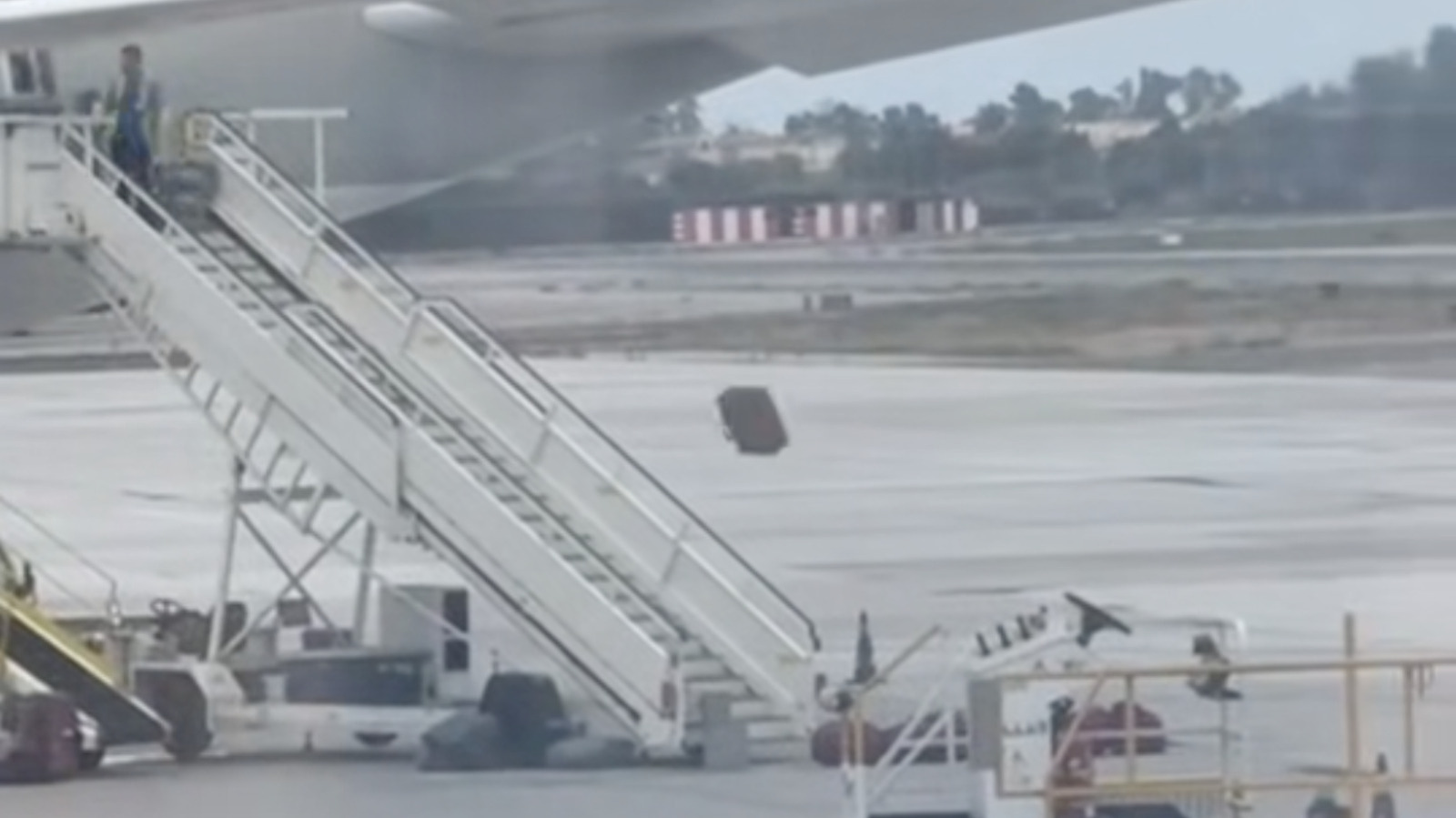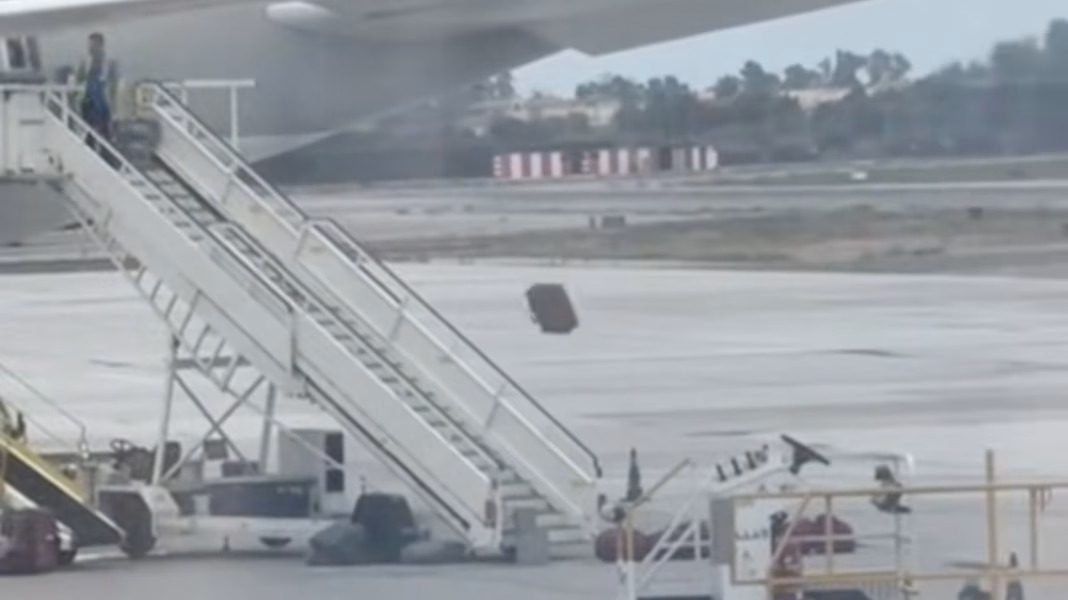Why Did That Airport Video Go Viral—and What Was Really Happening?
If you’ve ever scrolled through social media and caught a video of airport workers tossing items down a staircase, you probably felt your blood pressure spike. It’s easy to assume the worst: that your precious luggage is being manhandled. But let’s dig into what was actually going on in that viral clip, and why it might not be as bad as it looks.
Are Airport Workers Really Throwing Luggage Down Stairs?
The short answer: not in this case. While the video in question racked up millions of views and plenty of angry comments, it turns out the workers weren’t tossing suitcases or personal bags. Instead, they were moving empty cargo containers—those big, lightweight bins used to transport luggage and freight inside the plane’s hold. These containers are designed to be durable and can handle a bit of rough treatment. So, while the scene might look dramatic, your suitcase wasn’t involved.
Why Do These Videos Spark So Much Outrage?
There’s a reason these clips hit a nerve. Travelers have a deep-seated fear of their belongings being lost or damaged. According to a 2023 SITA report, mishandled baggage rates increased by 74% in 2022 compared to the previous year, mostly due to staffing shortages and travel surges. So when people see anything that looks like carelessness, it confirms their worst suspicions—even if the reality is more mundane.
What Are Those Containers, and Why Are They Handled That Way?
Those big metal or plastic bins are called Unit Load Devices (ULDs). Airlines use them to speed up loading and unloading, and they’re built to withstand bumps and drops. Sometimes, ground crews need to move them quickly, especially during tight turnaround times. Sliding or tossing empty ULDs down a short flight of stairs isn’t ideal, but it’s not the same as mishandling passenger luggage. In fact, the International Air Transport Association (IATA) sets strict standards for how ULDs are constructed and maintained.
How Do Airlines Actually Handle Your Luggage?
Most airlines have invested heavily in baggage tracking and handling technology. For example, Delta Air Lines uses RFID tags to track bags in real time, reducing mishandling rates by over 10% since 2016. Many airports now use automated conveyor systems and barcode scanners to minimize human error. Of course, no system is perfect—bags still get lost or damaged sometimes—but the vast majority of luggage arrives safely.
What Should You Do If You’re Worried About Your Bags?
A little preparation goes a long way. Use a sturdy, hard-sided suitcase and avoid overpacking. Consider adding a tracking device like an AirTag or Tile to your bag for peace of mind. And if you’re really concerned, take photos of your luggage and its contents before you fly. That way, if something does go wrong, you’ll have documentation for your claim.
Is There Any Real Risk to Your Belongings From These Incidents?
While viral videos can be alarming, the real risk to your luggage is pretty low in situations like the one that went viral. The biggest threats to your bag are usually mix-ups, missed connections, or rough handling during loading and unloading—not empty containers being moved around. The U.S. Department of Transportation reports that less than 0.6% of checked bags are mishandled each year, and most are quickly reunited with their owners.
What’s the Best Way to Protect Your Stuff When Flying?
Don’t let social media panic dictate your travel habits. Focus on what you can control: label your bag inside and out, use a TSA-approved lock, and keep valuables in your carry-on. If you’re connecting flights, allow extra time between connections to reduce the chance of your bag missing the transfer. And if you ever do have an issue, file a report with the airline right away—most have streamlined digital claim processes now.
The big takeaway? Air travel isn’t about perfection—it’s about smarter adjustments. Start with one change this week, and you’ll likely spot the difference by month’s end.


